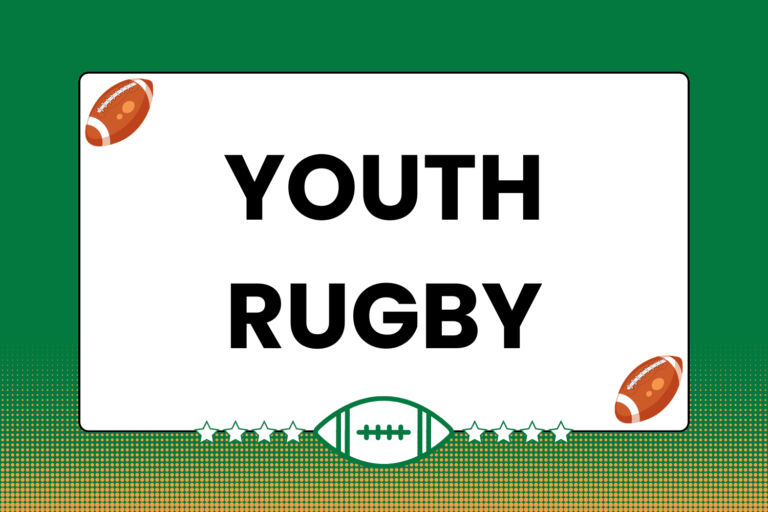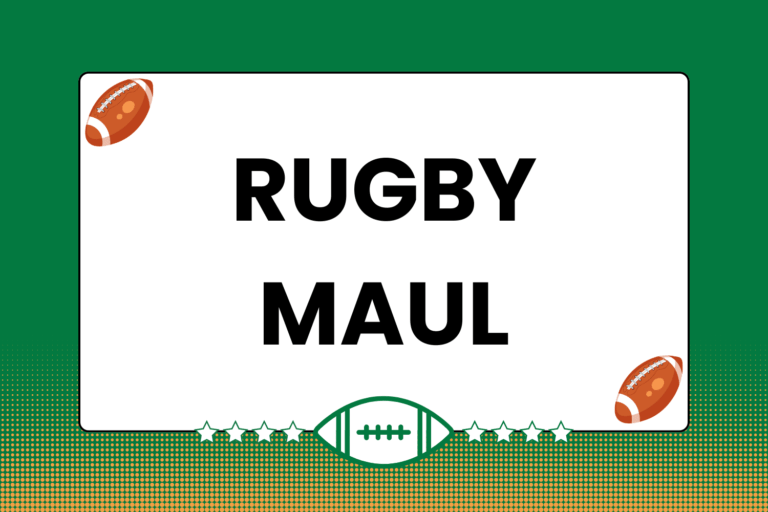Injuries are a part of any athletic endeavor. They occur on the golf course, in the swimming pool, on the basketball court, and literally any other place where people participate in athletic contests. This is especially true on the rugby pitch. Due to the highly physical nature of the game, injuries occur at a higher rate than in most other sports.
They also happen to athletes of every caliber, from the professionals playing at Twickenham Stadium to the weekend warriors playing in the backyard. However, just because they happen in all sorts of different sporting venues, it doesn’t mean that people should sit idly and accept them. This guide features a list of very simple ways to decrease the likelihood of suffering a rugby-related injury.
Before You Start
Whether you’re gearing up for an entire season or just prepping for a single match, there are several things that can be done well ahead of time that will help prevent an injury.
Know the Rules
Whatever position you play, knowing the rules is essential to playing it safely, for both you and everyone else on the field. By familiarizing yourself with the rules and structures, you’ll have a clear understanding of how to approach the game.
- For example, someone playing for the first time should know ahead of time that tackling an opposing player by the head or neck qualifies as a ‘high tackle,’ and is highly illegal.
- Such a tackle would make it very easy to take an opposing player to the ground, but has a much higher chance of injuring that player.
Though it takes time to become fully acquainted with the rules, knowing them will both keep you from making an illegal (and potentially harmful) move on an opponent, and help you to understand how to maneuver/behave in situations where the wrong movement could easily find you on the ground in pain.
Get the Right Gear
Having the right equipment can go a long way toward keeping yourself healthy. The “right” gear rarely means that it is also the most expensive. However, a big difference can be made simply by using rugby-specific equipment.
- Trying to run around on wet grass in normal running shoes will make it very hard to control yourself, and could easily result in a knee or ankle injury.
- A pair of rugby cleats, on the other hand, will help you keep traction on any grassy surface.
That being said, rugby organizations almost always have strict guidelines about deciding the legality of different types of cleats, mostly with the placement of the cleat studs on the shoe. Regardless of the stylistic differences between different kinds of cleats, make sure that what you’re buying is legal before you purchase it.
Speaking of safety, there are certain pieces of equipment specifically designed to prevent injury. The most common piece is a mouthguard. Again, depending on the environment in which it’s being played (back yard game vs. an organized league), you won’t even be able to participate without such equipment. This is another good thing to look for when familiarizing yourself with the rules; even if mouthguards aren’t required, it’s much safer to wear one, and odds are good there’s no rule against using them.
Hot Tip: Common Athletic Injuries
There are many kinds of sports injuries, but two that occur the most frequently:
- A strain, which is an injury to the muscle fibers or tendons that connect muscles to bones
- A sprain, which is an injury to a ligament(s), or the bands of tissue connecting bones to joints
Most muscle and ligament/tendon injuries can be prevented by stretching before and after a training session or game, and by staying hydrated.
Recognize Your Limits
It’s a good idea to understand what kind of physical shape you’re in, especially if it’s been a while since you’ve played or you’re returning from an injury. The most important thing to understand is how quickly you tire out when exerting yourself physically, because the chances of getting injured (or re-injured) increase the more your body becomes fatigued. When your muscles get tired, they stop working properly. One of the main jobs of the muscles is to keep your body from moving in such a way that you will hurt yourself.
Go for a light jog, or complete a couple of minor aerobic or calisthenics exercises. If you feel completely drained after five minutes, it would be an excellent idea if you set up a training regimen that will ease you back into proper form. This will not only help you get in shape, but it will prepare your body for the physical exertion of an entire season’s worth of training and games. The more time you can train beforehand, the better.
On Game Day
Hopefully you’ve done your homework, gotten the right gear, and prepared yourself physically, because now it’s time to get on the field and see what you can do. Remember: The key is to play and have fun, not to push yourself to the point that you hurt yourself.
Top Off the Tank
Playing on an empty stomach is like trying to drive a car with very little gasoline – you won’t get very far in either case. Having a good meal before a game or practice will keep you from tiring out too early, and a tired body increases the chances of an injury. Though eating should be done at least one hour before the game, the energy that comes from the meal will play a big part in staying healthy.
Hot Tip: Eating Smart
Much like everyday eating, there are some foods that are better to consume before a game than others. A meal with lots of fruits and vegetables, starches (like potatoes), carbohydrates (like pasta), and lean protein (like fish or chicken) is easily digested and will provide ample energy throughout a game. Avoid lots of fat, oils, sugar and heavy proteins; these take much longer to digest, and cause your blood-sugar level to fluctuate quickly, sapping energy and leaving you feeling tired.
Hydration is Key
For before, during and after a game, it’s very important to stay hydrated. Drink water regularly, in small to moderate amounts. If you’re tired and try to chug a bunch of water at once, chances are good that you will cramp up. Drinking water too fast while exerting yourself physically could also make you vomit. Either way, drinking too much water too fast doesn’t do you any good.
Get Your Body Ready
Going through a warm-up routine is arguably the best way to keep from being hurt during a game. A good warm-up should consist of a light period of cardio exercise (five minutes of jogging and some agility runs, for example) and a thorough stretching session. Make sure you stretch all different areas of the body, but pay special consideration to stretching all the different muscle groups of the legs: Calves, quads, hamstrings, inner thigh/groin, and glutes.
Taping Up
One of the most common injury-prevention techniques is to apply athletic tape to a specific area of the body, usually around a large joint like the ankle or wrist. Though applying tape can limit mobility a bit, the protection it provides is worth the sacrifice. If you’ve never applied tape before, it’s a good idea to consult a trainer, or even a teammate who knows how to properly apply it.
Athletic tape helps prevent injuries in a couple of different ways:
- It provides added strength and stability: Think of applying tape as adding a protective suit of armor to the connective tissues (ligaments and tendons) under the body part being taped. Those tissues are responsible for keeping you from moving your body in such a way that would damage a bone or muscle, and the tape increases their ability to do so.
- It acts as a pre-injury warning system: When a taped body part is involved in a movement that could result in injury, the tape will constrict, and the resulting sensation will call attention to that part of the body. Support braces are also used for much the same reason, and do the same kind of job, but at a much higher level.
These are especially beneficial when tape is applied to a previously injured area, as those ligaments and tendons are weaker than normal.
The Aftermath
Again, injuries can happen whenever someone physically exerts themselves, from playing sports to rearranging furniture. While certain preventative measures can be taken, there’s no way to guarantee you’ll be safe when playing a contact-heavy sport like rugby. However, there are many ways to dramatically decrease the risk of injury. Much like training to improve your abilities, the more effort you put in to preventing injuries, the more likely you’ll be successful in doing so.





